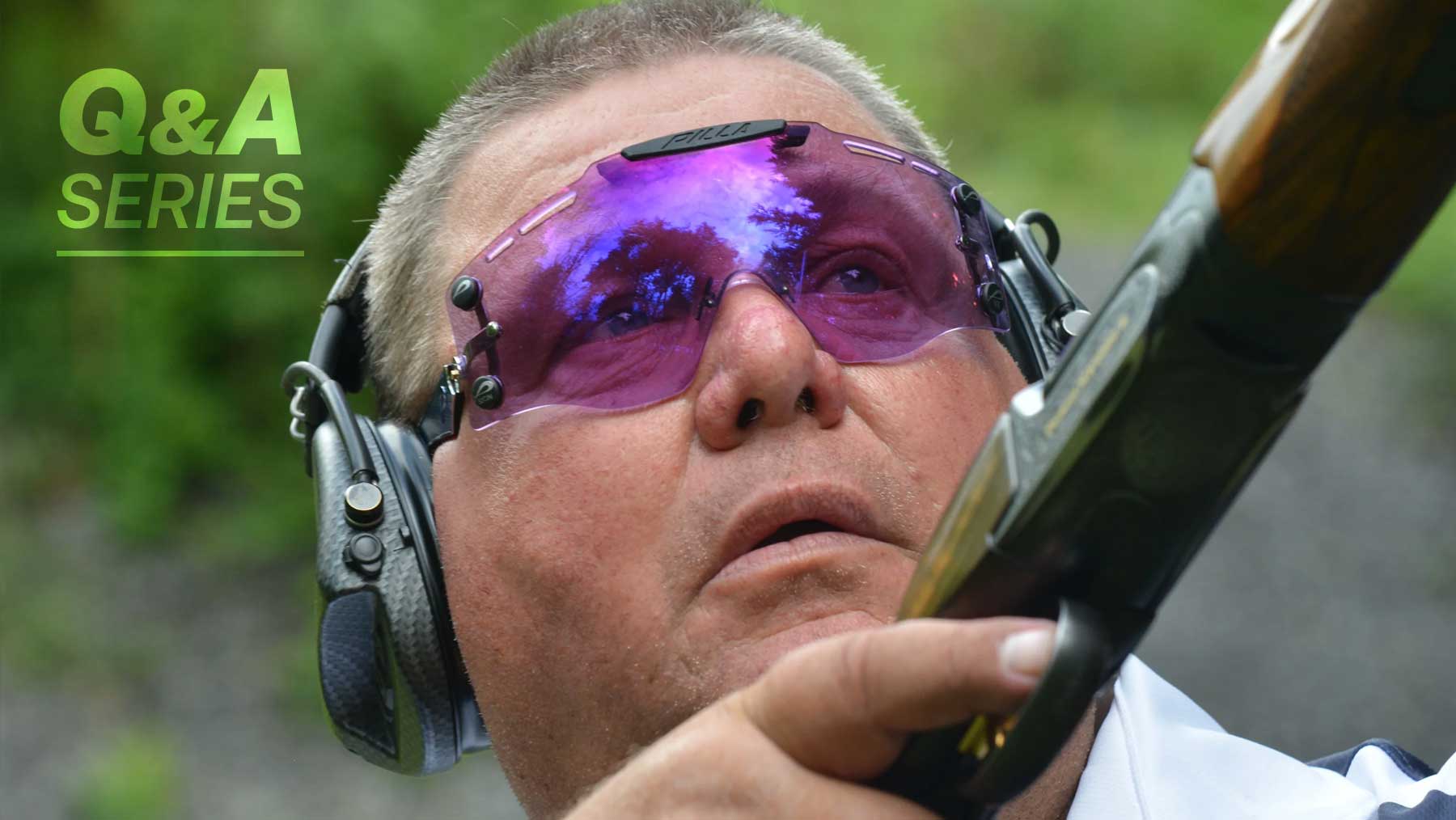What Chokes Should I Use For Clay Pigeon Shooting?
The chokes you use are based on the discipline that you’re shooting. If you’re shooting skeet, shoot open chokes. If you’re shooting trap, shoot a slightly more open choke in your first barrel. Your second barrel needs to be a tighter choke because the bird is getting away from you and you’re shooting at a difficult edge of the target.
In sporting clays, I shoot full choke for every target. I’m not saying I would advocate that to everybody, because on some closer targets the exceptionally tight pattern can be a disadvantage. At very close range, my pattern isn’t much larger than the clay itself!
Here are the most common chokes used by target shooters and their most common usage:
Skeet – a very open choke used for targets less than 25 or 30 yards away. Good for skeet and for beginners, as it is a very forgiving choke.
Improved – slightly tighter than skeet, it is a very useful choke for targets out to about 40 yards. Probably the best choke for a casual shooter.
Light Modified – bridging the gap between Improved and Modified, this versatile choke is possibly the most popular all-around choice. Many sporting clays shooters use it more than any other.
Modified – another all-around choke that will break just about any target thrown in sporting clays. It’s also used by trapshooters from the 16-yard line.
Improved Modified – likely the tightest choke that most sporting shooters will ever use, and another popular choice for trap.
Full – this is my choice as I am fully confident that I can place the pattern wherever I need it to be. But it is an unforgiving mistress and should be reserved for trapshooting or the most highly skilled sporting shots.
This article is adapted from 28-time world champion George Digweed’s videos on shooting, available at claytargetinstruction.com



0 Comments